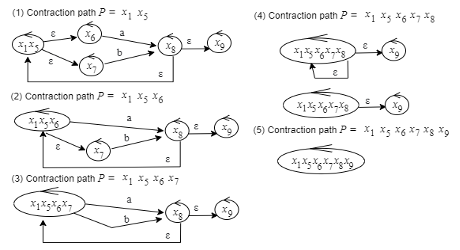VOLUME 17 NUMBER 2 (July to December 2024)

SciEnggJ. 2024 17 (2) 189-201
available online: August 29, 2024
DOI: https://doi.org/10.54645/2024172CRV-31
*Corresponding author
Email Address: jamalinao1@up.edu.ph
Date received: February 28, 2024
Date revised: May 17, 2024
Date accepted: June 01, 2024
ARTICLE
Model separability of robustness diagram with loop and time controls
Philippines Tacloban College, Tacloban City, Leyte, Philippines
2Department of Computer Science, College of Engineering,
University of the Philippines, Diliman, Quezon City,
Metro Manila, Philippines
In this study, we introduced and formalized the concept of separability of a multidimensional workflow model known as Robustness Diagrams with Loop and Time Controls. Separability reflects structures and behaviors in such models that are usable in effective and efficient modular design and analysis and establishing parallelizable activities of the system they represent. Through this research, we were also able to identify maximal substructures and activities that can become representatives of smaller ones with similar features within their respective activity groups. These maximal profiles, along with the relevant requirements for sharing of components, establish separable workflows. Furthermore, we also established the requirements of impedance-free workflows where activities therein do not interfere with each other from initiation to their completion. Then, we established the relationship between the separability and impedance-freeness of these workflows. Additionally, we provided proof of the correctness and time and space complexity of the algorithm and verification strategies that are needed or relevant in establishing separable and impedance-free workflows. Lastly, we posed recommendations for future research on extending this study towards the domain of parallelization of activities in these workflows.
© 2025 SciEnggJ
Philippine-American Academy of Science and Engineering